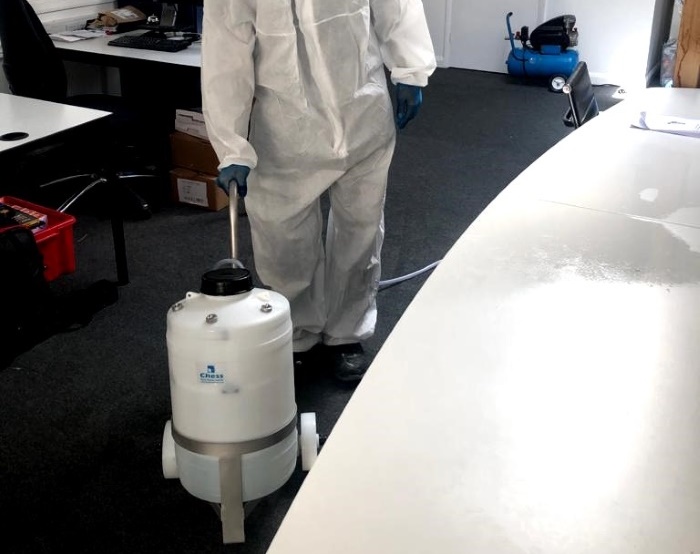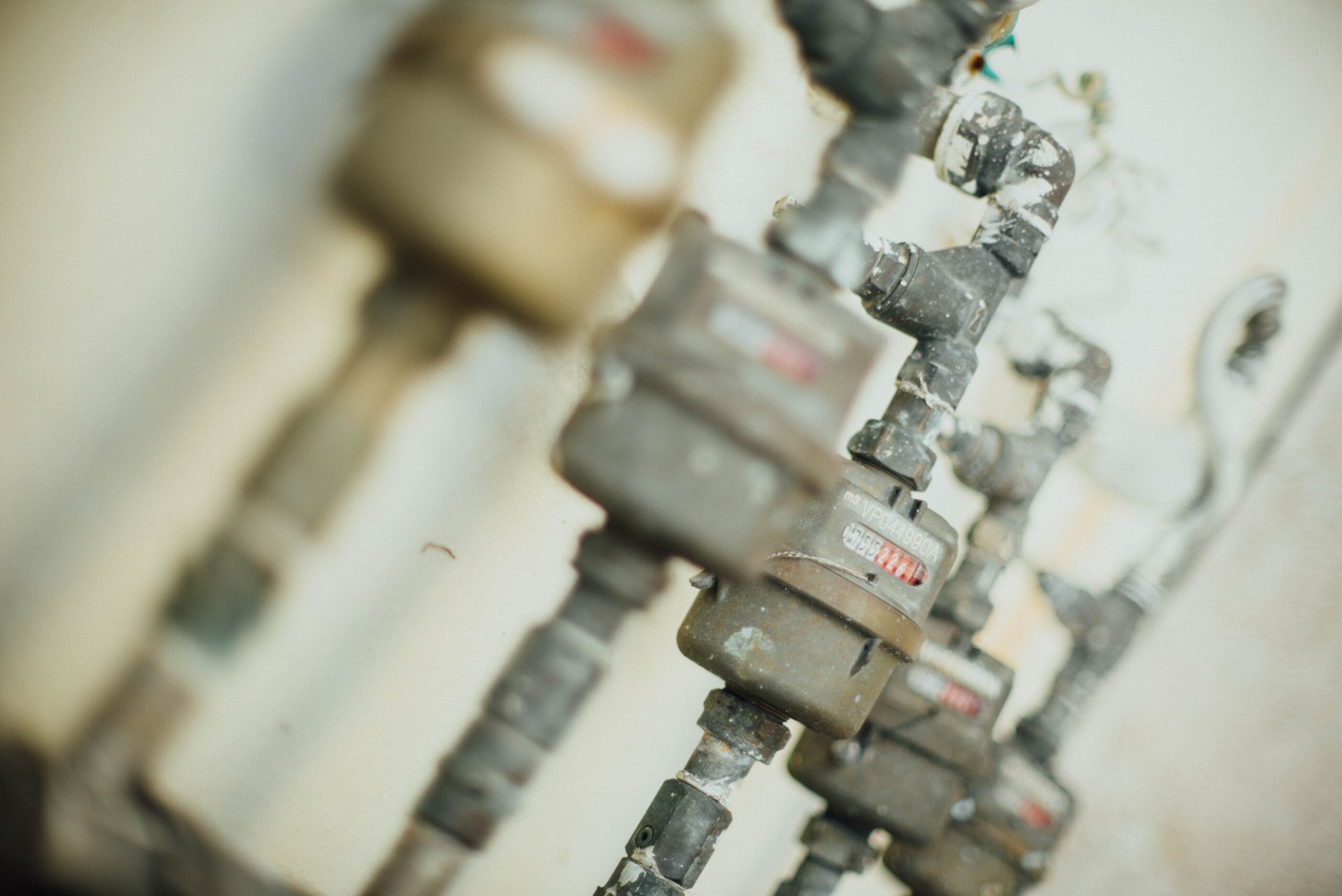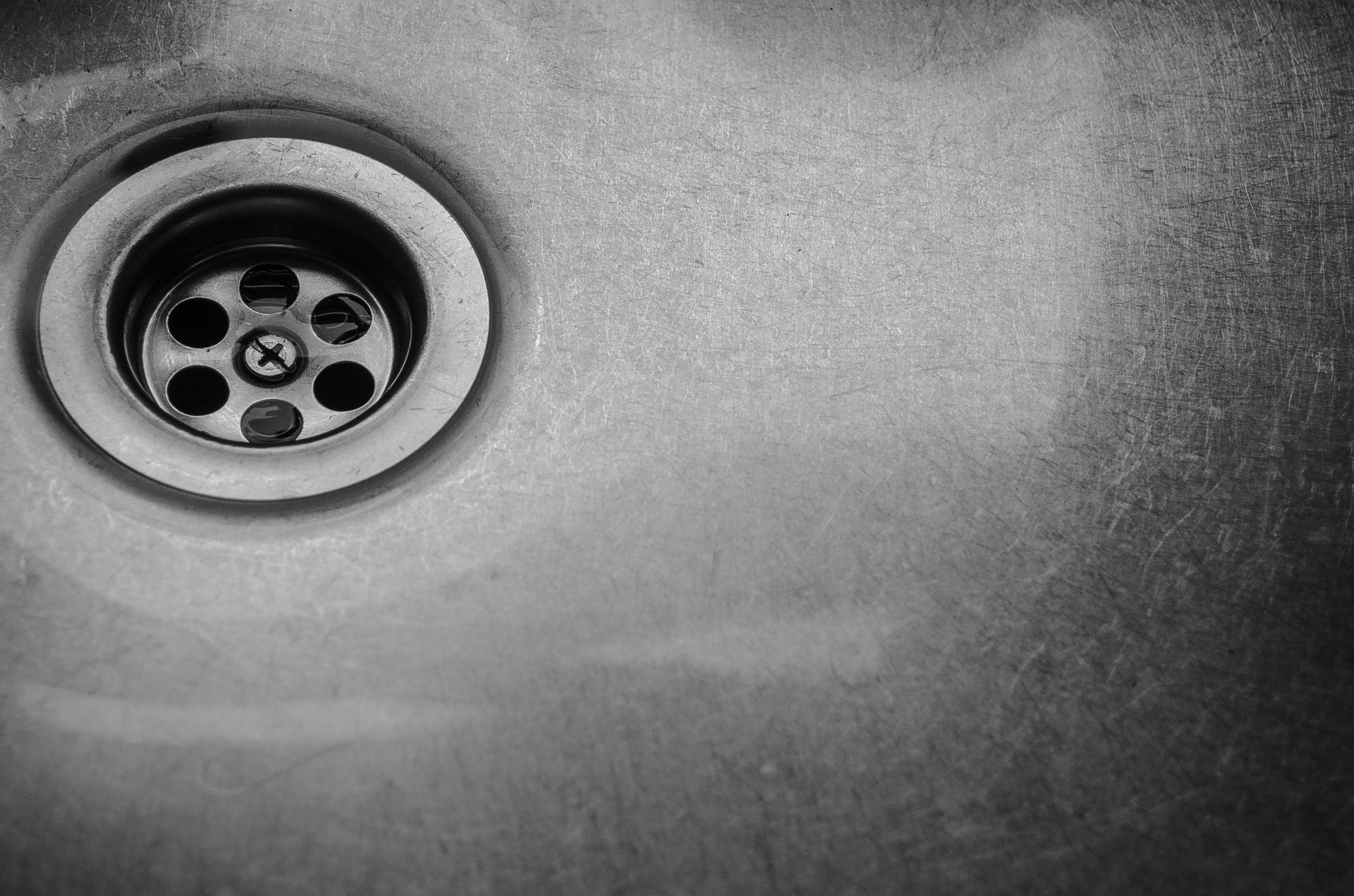Sometimes things just need an extra level clean up, something beyond the everyday cleaning routines we all go through. Whether you need to fight grime or are working to slow the spread of viruses a deep clean is the solution. Perfect for all manner of cleaning needs for both residential and commercial properties a deep clean is amazing but many are unsure what it is. In this guide, we will show you the differences between domestic clean and a deep clean and when the former isn’t enough, and you will need the latter instead.
What Is Domestic Cleaning?
Domestic cleaning is the routine cleaning tasks carried out regularly. Whether daily or weekly, domestic cleaning is routine tasks like wiping down surfaces, emptying bins and mopping floors. Domestic cleaning is about maintaining cleanliness. It is about preventing cleaning needs from mounting up, but it is not about making sure every corner of the house is spotless and germ-free. Some commercial cleaning such as bin emptying in offices and cleaning bedding in hotels is also more akin to domestic cleaning than deep cleaning.
What Is A Deep Clean?
Deep cleaning, on the other hand, is a far more thorough clean often carried out less frequently or sometimes as a one-off. Using the highest quality products and cleaning tools, a deep clean can be used to clear a vacant building ready for workers or to clear up after construction or decorating. It can also be used on in-use buildings to deeply cleanse the property with the purpose of killing germs and preventing the spread of viruses. Deep cleans can be carried out in both commercial and residential properties.
Residential properties can usually get by with regular domestic cleaning except for the end of tenancy cleans – deep cleans which prepare the property for new tenants. From under the sink to behind kitchen appliances where grime can build up deep cleaning covers everywhere a domestic clean does plus everywhere, they don’t – so, everywhere.
When Do You Need A Domestic Clean?
Domestic cleans are part of most people’s regular routines. In addition to this, offices and hospitality services carry out some form of domestic cleaning. Even in large commercial kitchens where deep cleans are essential, regular domestic cleans including wiping down surfaces are also necessary.
When Do You Need A Deep Clean?
For commercial properties deep cleans are essential. In commercial kitchens where hygiene is a fundamental part of the businesses success deep cleans are must-have for ensuring cooking appliances and the overall kitchen environment is up to standard. During the Covid-19 pandemic as well as flu season offices and properties with many people also require deep cleans. A thorough clean using disinfectants which kill bacteria will prevent the spread of viruses significantly helping keep your workforce healthy.
Each routine cleans and one off deep cleans are essential to a well-rounded cleaning. From keeping things in order to limiting the spread of viruses, cleaning is vital, but you need a mix of domestic and deep cleans to tick all the boxes. Plus, some occasions call for something more than a regular clean. Whether you are a landlord making sure your property is ready for new tenants or a business making your office safe and protecting your employees, a deep clean will need a specialist deep clean team whilst you can either hire someone for domestic cleaning or take it on yourself.


